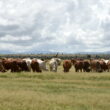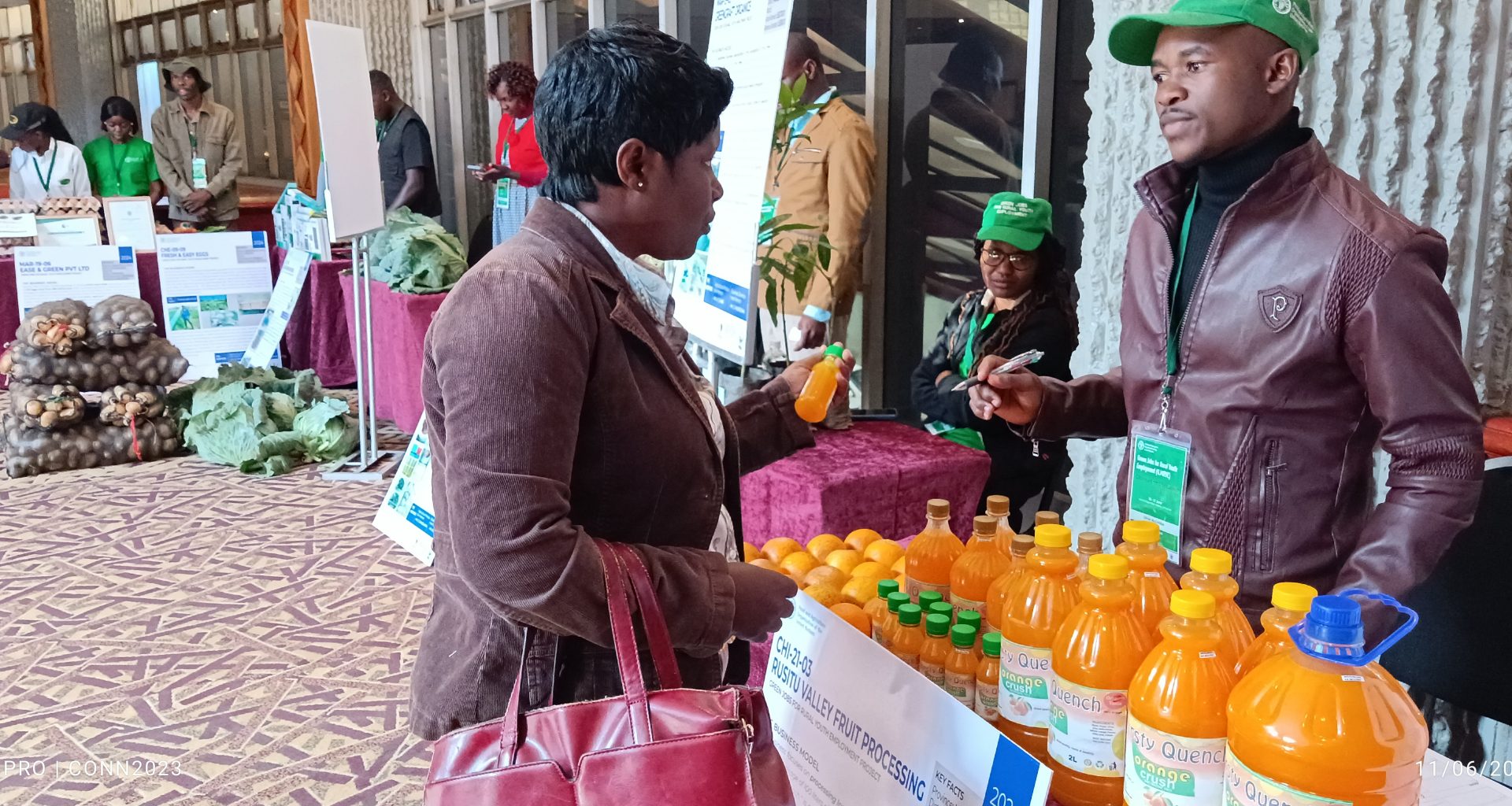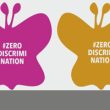In this story:
- Improving the quality of life of rural population while preserving the environment critical
- Korea International Cooperation Agency (KOICA) funded Green Jobs for Rural Youth Employment project a success
- FAO identifies youth as an important group along gender and inclusion to promote a more systematic mainstreaming across all its work

By Conrad Mwanawashe
Youth Empowerment, Development and Vocational Training, Deputy Minister, Kudakwashe Mupamhanga, says the concept of green jobs presents a compelling solution in addressing Zimbabwe’s youth unemployment and environmental sustainability.
Speaking at The Green Jobs for Rural Youth Employment, two-day learning event themed: Youth in Agrifoods systems – Green skilling for Green Jobs in Harare recently, Deputy Minister Mupamhanga said through harnessing the power of innovation, technology and sustainable practices, the country could create employment opportunities that not only provide economic security to the youths, but also contribute to the preservation and restoration our precious natural resources.

“Having a sense of preservation of our precious environment is critically important, realising that we are living on a borrowed environment from our future generations. We do not need to be the selfish generation that callously depletes all without any thought for posterity. In my own experience I have noted that poverty and unemployment are major drivers of environmental degradation,” Mupamhanga said.
According to the 2022 census, Zimbabwe had a population of 15 178 979 million people, and guided by the same statistics, about 11 033 499 of this population lived in the rural areas. Corroborating the same fact that the majority of the Zimbabwean population live in the rural areas, the World Bank gave the same evidence, saying that about 67.4% of the Zimbabwean population were living in the rural areas, while about 32.3% were living in urban areas.
These statistics show that youths living in rural areas are more than those in other settings.
Mupamhanga said this showed that the process of improving the quality of life and economic well-being of rural population while preserving the environment was critical.
The learning event brought together more than 80 key stakeholders from all corners of Zimbabwe to reflect and share lessons learned from the different components of the project.
Project beneficiaries shared their experiences, lessons learnt, and best practices learned from implementing rural youth interventions under the Korea International Cooperation Agency (KOICA) funded project.
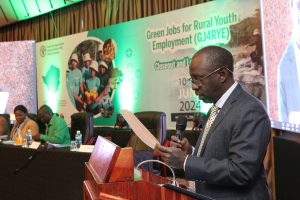
Deputy FAO Representative in Eswatini, Lesotho and Zimbabwe, Louis Muhigirwa said through the voices of its main stakeholders and participants, the project has provided an excellent opportunity to reflect on how best practices and lessons learned on employment creation and efforts towards more inclusive agrifood systems can inform national policies and strategies, as well as more youth-oriented development projects. Part of these efforts involve bringing youth to the table and enabling their active participation in policy dialogue on employment and the green economy.
“The learning event was structured in a deliberate format to present project experiences and recommendations by the youth project participants. The recommendations spanned from strengthening project implementation modalities; to creating an enabling national policy environment, legal and regulatory frameworks to ensure continuity and sustainability of this project,” said Muhigirwa.
“It is time we come together to strategize, design and implement both programmes that provide sustainable, decent, green employment opportunities to rural communities as well as policies that support the country to make the necessary systematic adaptative changes and address environmental degradation.”
The project reached 288 youth participants from 6 districts, Chegutu, Chimanimani, Kariba, Kwekwe, Marondera, and Mazowe.
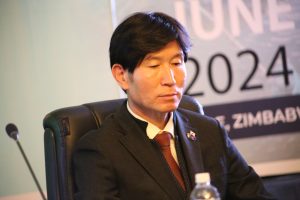
“As donor of the project, the government and people of Korea are very happy to see the outcomes of the project. That’s why my colleagues from KOICA Office also came to Harare all the way from Tanzania.
“Listening to the success stories, touring the exhibition stands and interacting with some of the youths, my conclusion is clear that the Green Jobs for Rural Youth Employment project in Zimbabwe has been an astounding success,” Korean Ambassador to Zimbabwe, Jae Kyung PARK said.



